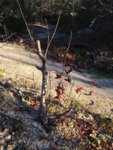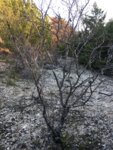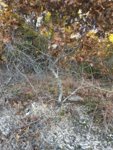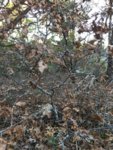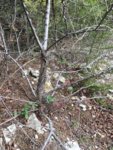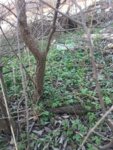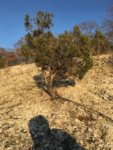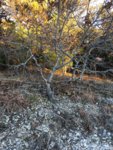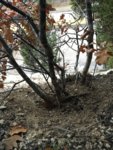Big Country Bonsai
Shohin
Looking forward to collecting a few trees this spring! As I am new to bonsai I figured I’d get some input on which ones are worth collecting and which ones are probably not worth the trouble.
1• Buckley oak (Quercus buckleyii)
2• Rusty blackhaw (Viburnum rufidulum)
3• Gum bumelia (Sideroxylon languinosum)
4• Ashe juniper
5• Cedar elm
6 • Buckley oak (Quercus buckleyii)
7, 8, 10 Southern Hackberry (Celtis larvigata)
9 • Buckley oak (Quercus buckleyii)
1• Buckley oak (Quercus buckleyii)
2• Rusty blackhaw (Viburnum rufidulum)
3• Gum bumelia (Sideroxylon languinosum)
4• Ashe juniper
5• Cedar elm
6 • Buckley oak (Quercus buckleyii)
7, 8, 10 Southern Hackberry (Celtis larvigata)
9 • Buckley oak (Quercus buckleyii)
Attachments
-
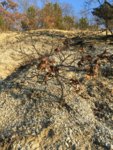 52D8FF22-432E-4C46-A129-C374665FCF02.jpeg439.8 KB · Views: 178
52D8FF22-432E-4C46-A129-C374665FCF02.jpeg439.8 KB · Views: 178 -
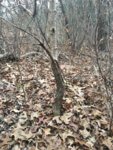 4A7FBE37-EB6C-4BFF-A577-C6EFFCBB7794.jpeg369.2 KB · Views: 176
4A7FBE37-EB6C-4BFF-A577-C6EFFCBB7794.jpeg369.2 KB · Views: 176 -
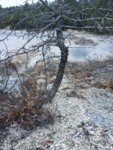 D194C121-3C5F-4B9D-BC38-0B7F45148D7B.jpeg358.7 KB · Views: 178
D194C121-3C5F-4B9D-BC38-0B7F45148D7B.jpeg358.7 KB · Views: 178 -
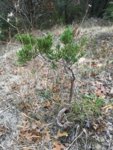 92A912DF-9427-426F-B26E-B102F3007655.jpeg352.6 KB · Views: 172
92A912DF-9427-426F-B26E-B102F3007655.jpeg352.6 KB · Views: 172 -
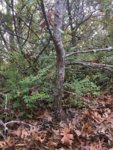 5FECAED3-ABED-4A72-92D9-31362EC47A55.jpeg358.6 KB · Views: 165
5FECAED3-ABED-4A72-92D9-31362EC47A55.jpeg358.6 KB · Views: 165 -
 65789008-DA17-4F5F-B0AF-602B34503603.jpeg349 KB · Views: 152
65789008-DA17-4F5F-B0AF-602B34503603.jpeg349 KB · Views: 152 -
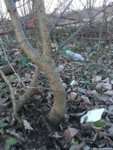 4F34BCBB-71A0-4EB0-934A-6E64DCCD8DFE.jpeg263.3 KB · Views: 142
4F34BCBB-71A0-4EB0-934A-6E64DCCD8DFE.jpeg263.3 KB · Views: 142 -
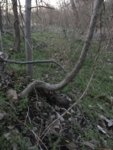 C7E19683-68A7-4916-B9E6-65205231A6F0.jpeg210.9 KB · Views: 139
C7E19683-68A7-4916-B9E6-65205231A6F0.jpeg210.9 KB · Views: 139 -
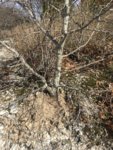 BCC259ED-4D0F-42D2-A7A6-462A3A504096.jpeg438.3 KB · Views: 142
BCC259ED-4D0F-42D2-A7A6-462A3A504096.jpeg438.3 KB · Views: 142 -
 F545927A-29AD-4EE2-BC09-9C049A4B5F14.jpeg379.6 KB · Views: 146
F545927A-29AD-4EE2-BC09-9C049A4B5F14.jpeg379.6 KB · Views: 146


